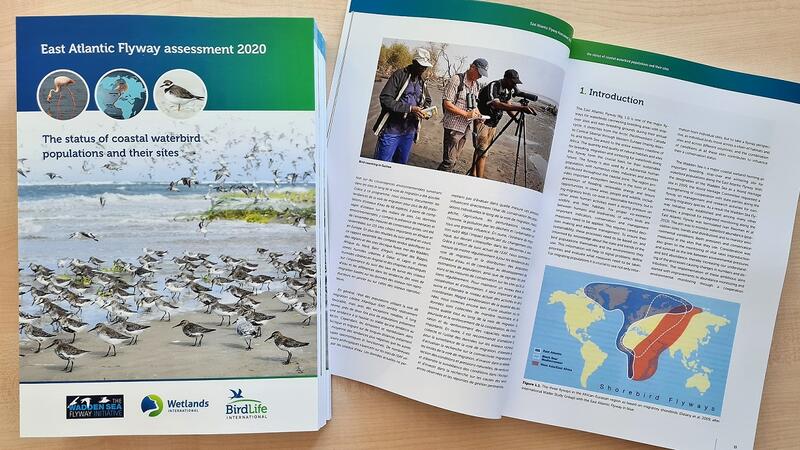New East Atlantic Flyway assessment report shows flyway trends of migratory waterbird populations

Every three years, the Wadden Sea Flyway Initiative, in collaboration with BirdLife International, Wetlands International and numerous other local and international partners, coordinates a flyway-wide simultaneous bird count. In January 2020, over 13,000 people counted migratory waterbirds at more than 1,000 sites in 36 countries along the East Atlantic Flyway. The key findings have now been published in an extensive assessment report.
The report gives an overview of the current situations and threats to the birds. Thanks to the simultaneous count, trends in numbers for 83 flyway populations have been identified: 30% of the surveyed populations are decreasing, while 50% are increasing and 16% are stable. The now third flyway-wide count also showcases that the declines in long-distance migratory waders, such as the Bar-tailed godwit, continue.
The researchers further state that negative impacts of climate change increasingly threaten birds and their habitats along the flyway. In Europe, sea level rise is already named among the top three pressures. In Africa the effects of climate change are equally severe, but other threats, such as fishing and forest logging, are reported even more frequently.
To counteract threats and conserve migratory birds, the report’s authors name protecting sites favoured by birds and managing habitats sustainably as key measures.
Millions of birds travel along the East Atlantic Flyway, reaching from the Arctic to the Wadden Sea, down to Africa. Some populations travel as far as Siberia and South Africa. Due to its strategic position along flyway, the Wadden Sea is a vital refuge for more than 10 million migratory birds on their journey. In 2014, the Wadden Sea Flyway Initiative was set up together with numerous partners to support the conservation of these birds.
